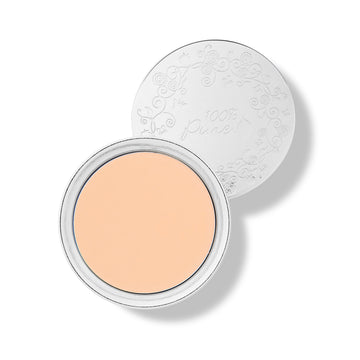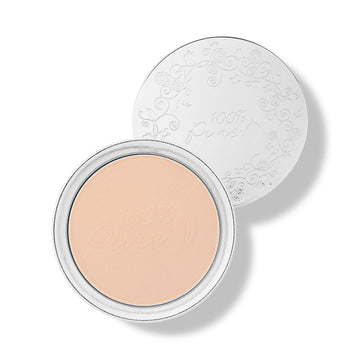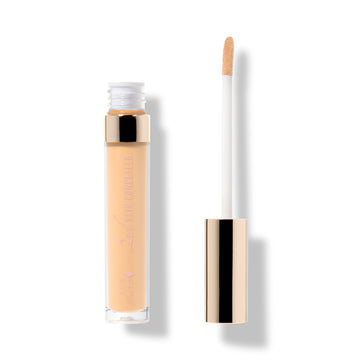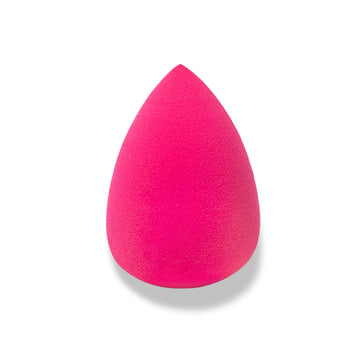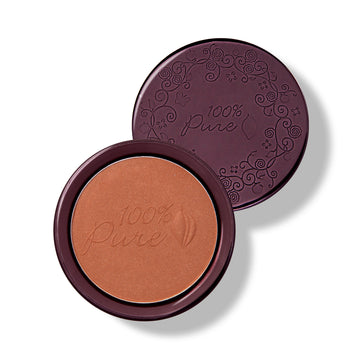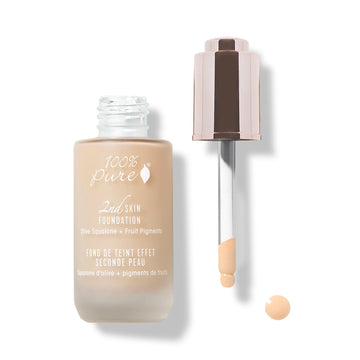Everything You Need to Know About Contour Techniques, Products, and Application for Natural-Looking Definition
Posted on April 25, 2025 Written by: 100% PURE®
Contouring isn’t just a makeup trend—it’s the secret sauce behind those sculpted cheekbones, snatched jawlines, and subtly defined noses seen all over Instagram and red carpets.
But don’t worry—you don’t need a glam squad to get in on the magic. With the right products and a few clever tricks, contouring can become your new favorite way to shape and define your face.
Our beginner’s guide will walk you through what contour makeup actually is, how it works, and exactly what you need to create a soft, natural-looking definition that looks lit-from-within, not caked on. Let's turn those features into your best angles.
What Is Contouring and How Does It Work?
Contouring is the art of using makeup to sculpt, define, and enhance your facial structure by playing with shadow and light. It’s all about illusion—darker shades create depth by pushing areas back (like the hollows of your cheeks or sides of your nose), while lighter tones highlight and draw features forward (like the tops of cheekbones or the bridge of your nose).
Think of your face as a canvas and contouring as your brushwork—by blending light and dark in the right places, you create dimension, balance, and a more sculpted, polished look.
Contouring vs. Bronzing: Know the Difference
It’s easy to confuse contouring and bronzing, but they serve totally different purposes in your makeup routine.
Contouring |
Bronzing |
|
|---|---|---|
Purpose |
Adds structure and definition |
Adds warmth and a sun-kissed glow |
Product Tone |
Cool-toned |
Warm-toned |
Finish |
Matte |
Often contains shimmer or a radiant finish |
Placement |
Cheek hollows, Jawline, Sides of nose, Temples |
Cheekbones, Forehead, Bridge of nose, Chin |
Effect |
Creates shadows and depth |
Mimics the look of a natural tan |
When to Use |
To sculpt and shape facial features |
To add healthy color and dimension |
Contour to define. Bronze to glow. Use both together for a balanced, dimensional look.
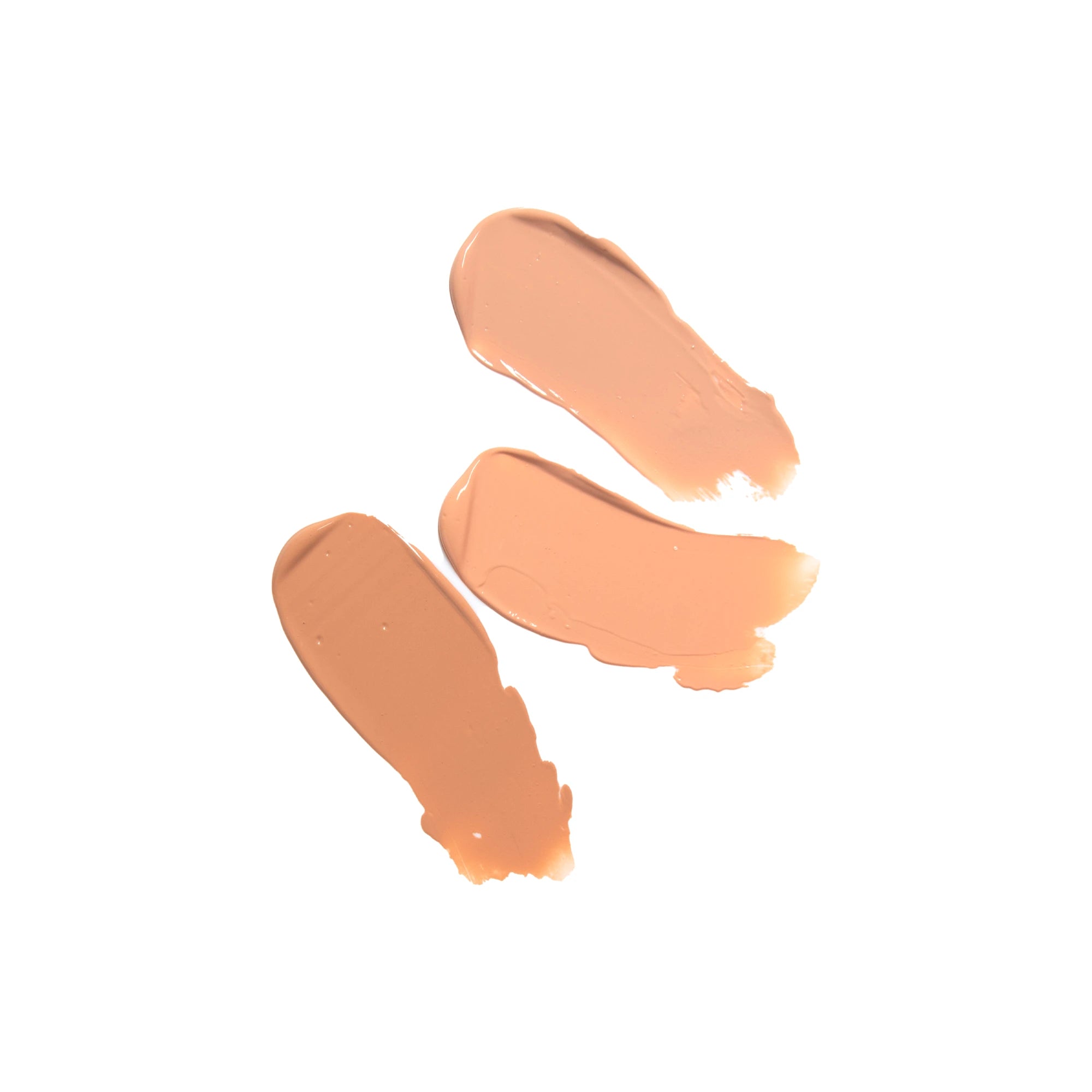
A Quick History of Contouring
Contouring has a long and fascinating history that stretches back centuries. It first appeared in the world of theater, where stage actors used heavy makeup to exaggerate their facial features under bright lights. This helped the audience clearly see expressions from a distance, especially before the invention of modern lighting and high-definition visuals.
In the early 20th century, Hollywood makeup artists adapted these techniques for the silver screen. Contouring became essential for defining facial features in black-and-white films, where subtle shadows could make or break a scene. Legendary stars like Marlene Dietrich and Marilyn Monroe benefited from expertly sculpted looks.
Fast forward to the 2010s, when social media, beauty influencers, and celebrities like Kim Kardashian made contouring a household term. YouTube tutorials and Instagram trends took it from backstage to everyday makeup bags.
Today, the trend has softened—emphasizing “soft sculpting” that enhances natural features with subtle, wearable definition rather than dramatic lines.
Contour Makeup Essentials for Beginners
Starting your contour journey? Here are the must-haves to sculpt and define with ease:
Cream Contour: For a natural, skin-like finish, opt for a creamy formula like the Fruit Pigmented® Cream Foundation. It blends effortlessly and gives you that seamless sculpt.
Powder Contour: Set your cream products or use solo for a more buildable, matte look. The Fruit Pigmented® Powder Foundation offers great control for defining features softly.
Concealer: Brightening is key to contrast. The Fruit Pigmented® 2nd Skin Concealer is perfect for highlighting under the eyes, forehead, and T-zone.
Contour Tool: A good blend makes all the difference. The Non-Latex Makeup Blender helps melt product into the skin for a flawless, streak-free finish.
Bronzer: Once you've contoured, add warmth with the Cocoa Pigmented Bronzer. It layers beautifully over contour for that healthy, sun-kissed glow.
With these essentials, you’re ready to sculpt like a pro—naturally.
How to Choose the Right Contour Shade
Picking the perfect contour shade makes all the difference. Aim for a color that’s 1–2 shades deeper than your foundation to create natural-looking shadows without harsh contrast. For the most realistic effect, go for a cool or neutral undertone, which mimics the natural shadows on your face. Shade suggestions by skin tone:
Fair skin: Choose a soft taupe
Medium skin: Go with a muted, soft brown
Deep skin: Opt for a rich espresso or deep chocolate tone
Beginner Contour Map: Where to Apply It
Knowing where to place your contour makes all the difference. Here’s a simple guide to help you sculpt like a pro:
Cheekbones: Apply just below the cheekbone, not directly on it. This creates a lifted, more defined look without harsh lines.
Forehead: Blend contour around the edges of your hairline. This helps visually shorten a longer forehead and brings balance to your features.
Jawline: Sweep contour along the underside of your jaw to define and sharpen your jawline—great for added structure.
Nose (optional): For a slimmer appearance, lightly contour down the sides of your nose and blend well. This step is optional but can add extra definition.
Focus on blending thoroughly and building slowly for a naturally sculpted finish that flatters your face shape.
Step-by-Step Contouring Application
- Start with Fruit Pigmented® 2nd Skin Foundation as your base
- Brighten under eyes, forehead, and chin with concealer
- Apply cream contour or Cocoa Pigmented Bronzer to sculpt
- Blend seamlessly with the Non-Latex Makeup Blender
- Set everything in place using Powder Foundation
Optional: Add a pop of shimmer or highlighter to cheekbones, nose bridge, and cupid’s bow for glow
Contouring Tips for Different Face Shapes
Every face shape benefits from a slightly different contour approach. Here’s how to tailor your technique:
Round Face
Focus contour under the cheekbones and along the sides of the forehead to create the illusion of length and definition.
Square Face
Soften strong angles by contouring around the edges of the forehead and the corners of the jaw.
Heart-Shaped Face
Apply contour along the sides of the forehead to balance width, and lightly under the chin to soften a pointed look.
Oval Face
Keep it simple—light contour under the cheekbones and around the temples is enough to enhance your natural structure.
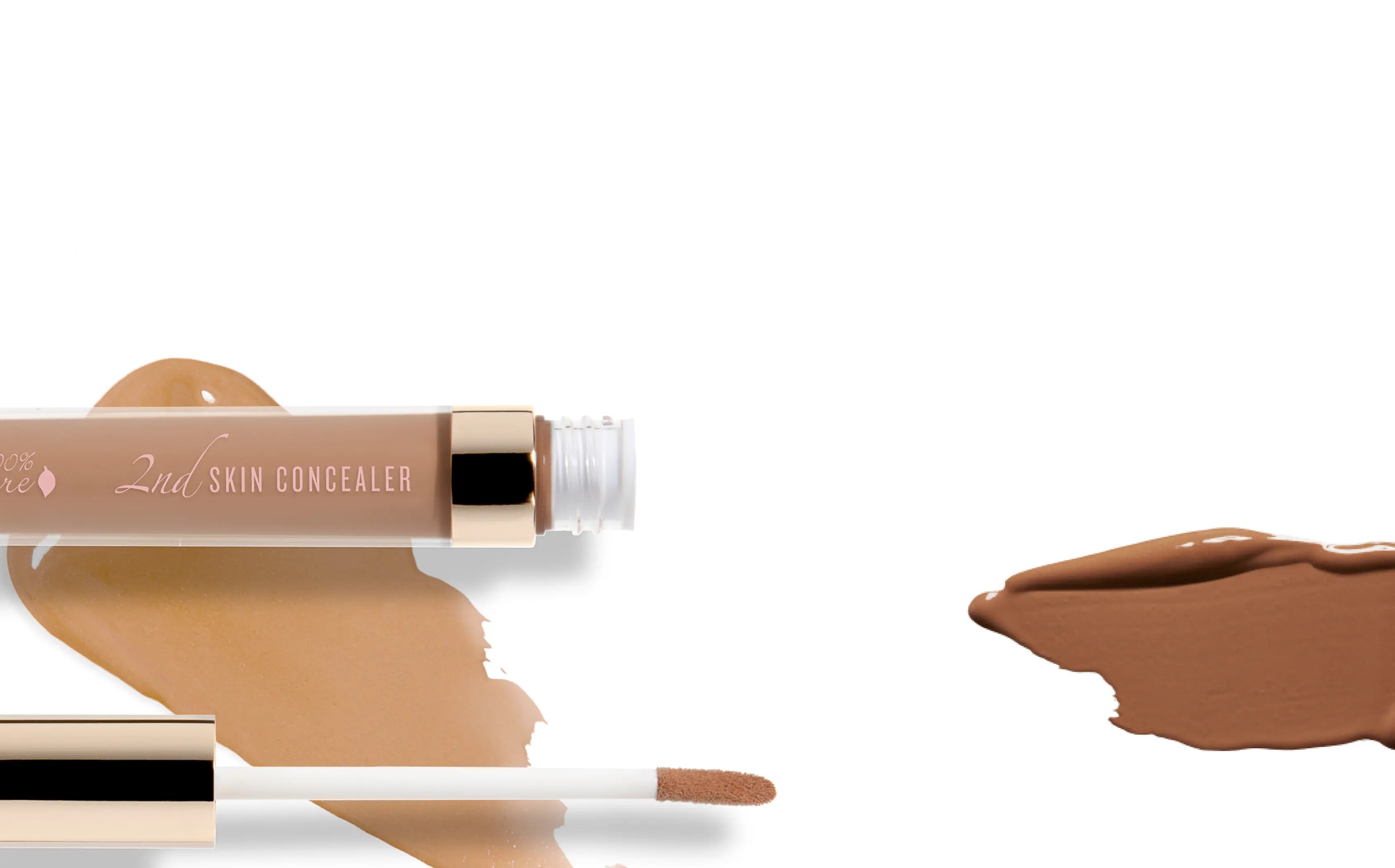
Common Beginner Mistakes
Avoid these pitfalls to keep your contour looking polished and natural:
- Using bronzer instead of contour—bronzer adds warmth, not shadows
- Skipping blending—harsh lines defeat the purpose of contouring
- Picking a shade that’s too dark or too warm—it should mimic a natural shadow
- Placing the contour too low or dragging it downward—it can make the face look droopy
Blend, build gradually, and always check your contour in natural light!
When to Use Contour Makeup
Contour makeup isn’t just for red carpets—it can be tailored to suit any occasion. Here’s when and how to use it:
Everyday Wear: Go for light sculpting to subtly define your features. A touch under the cheekbones and around the forehead adds a natural dimension without looking overdone.
Events & Photos: Step it up with more defined contouring to prevent your features from appearing flat or washed out under bright lights and cameras.
Special Occasions: Don't be afraid to build intensity. Weddings, parties, or glam nights out call for bolder, more dramatic sculpting that stands out in both person and pictures.
With the right technique, contouring can effortlessly adapt from casual to full glam—just dial up or down based on the moment.
Embrace Your Natural Contour
Contouring isn’t about altering your face—it’s about enhancing the natural beauty you already have. With the right products and a little practice, anyone can use contouring to bring out their best features and boost their confidence.
Whether you're aiming for a subtle lift or a more defined sculpt, contouring helps you embrace your unique shape and glow from within. Choose clean, fruit-pigmented products that work with your skin, not against it, for a look that’s both healthy and radiant. Let your features shine through and enhance your natural beauty with every swipe.
Frequently Asked Questions (FAQs)
What does contour makeup actually do?
Contouring is used to create the illusion of more defined facial features. By applying darker shades to areas you want to recede (like the sides of the nose or under the cheekbones) and lighter shades to areas you want to highlight (such as the tops of cheekbones or the forehead), you can sculpt and enhance your natural shape.
Do I need to apply primer before contouring?
Yes! Primer creates a smooth base for your makeup, helping it last longer and apply more evenly. It ensures that your contour products blend seamlessly into your skin without settling into fine lines or pores.
What’s the difference between concealer and foundation when contouring?
The foundation is typically used to create an even base and match your natural skin tone, while concealer is usually lighter and used to brighten areas like the under-eye region or the T-zone. When contouring, concealer can be used to highlight, while foundation and contour products add depth and shadow.
Can I contour with powder foundation?
Yes! Powder foundation can be used for contouring, especially if you prefer a matte finish. To contour with powder, use a shade 1–2 shades darker than your skin tone for the shadow areas, and a lighter shade to highlight.
What tools are best for blending contour makeup?
The best tools for blending contour are makeup sponges or brushes designed for precise application and blending. A Non-Latex Makeup Blender works perfectly to seamlessly blend contour into the skin without streaks, while a fluffy contour brush can help you blend powder contours for a soft, natural finish.
- Tags: April-2025
We carefully hand-select products based on strict purity standards, and only recommend products we feel meet this criteria. 100% PURE™ may earn a small commission for products purchased through affiliate links.
The information in this article is for educational use, and not intended to substitute professional medical advice, diagnosis, or treatment and should not be used as such.












